Is Your Sunscreen Harming Marine Life? Here’s a Safer Option
Your sunscreen may be preventing you from harm but is it harming marine life? Here’s what you need to know about reef-safe sunscreen.
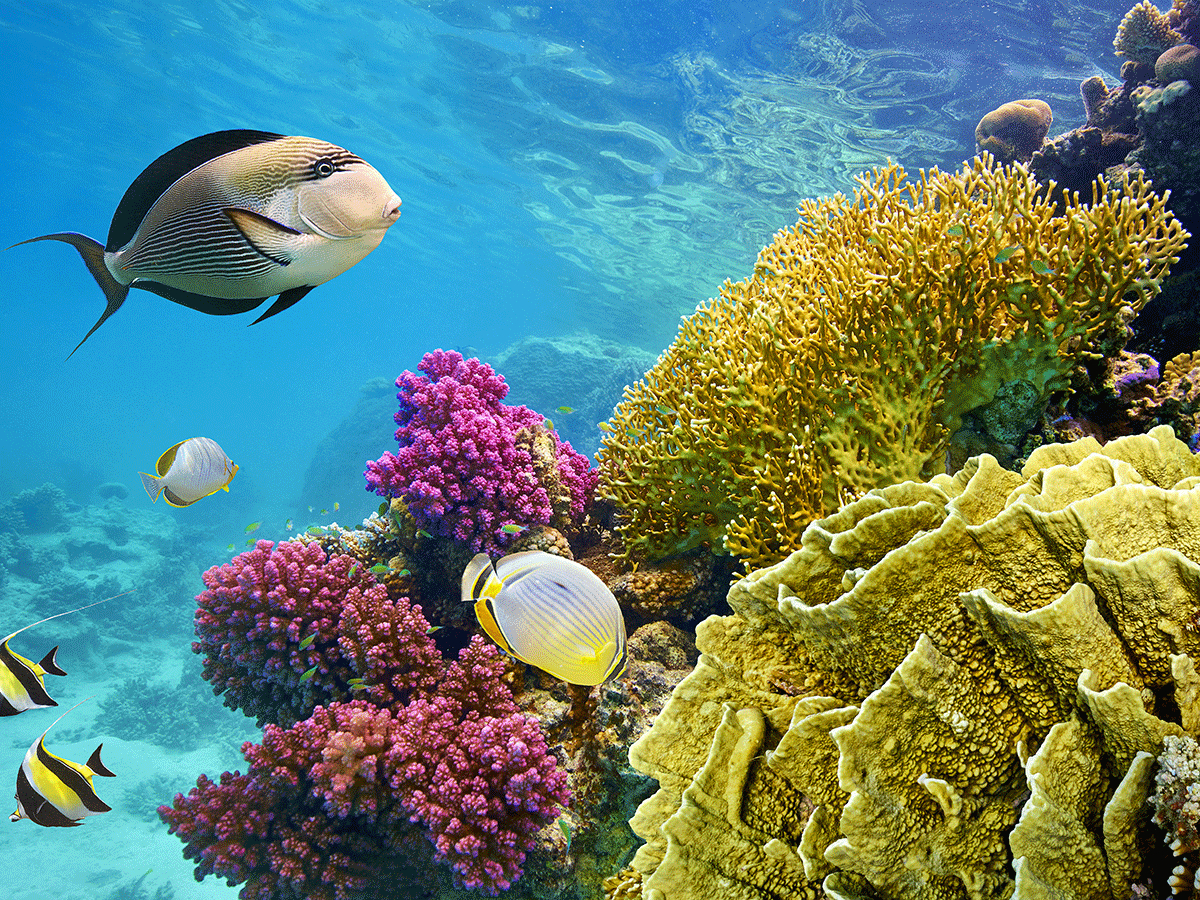
You slather SPF onto your face every day after your moisturizer and before your foundation. You also apply it to your hands and any other body part that might be visible to the sun’s rays, and you always slide on a pair of sunglasses before heading outdoors. You have a bottle of sunscreen at your desk for midday applications, and you choose the seat in the shade for patio drinks. Good job! Dermatologists everywhere applaud your skin-protecting efforts! Researchers, on the other hand, may not be so quick to praise. That is unless your sunscreen is reef-safe—meaning not harmful to coral reefs.
How are sunscreens harmful to coral reefs?
Two ingredients, oxybenzone and octinoxate, commonly found in chemical sunscreens are bad for marine life—in particular, the coral reefs. How serious is this? In May 2018, Hawaii passed a law that prohibits the sale of sunscreens containing these chemicals, and officials in Key West, Florida, recently voted for the same ban.
What are these chemicals doing to the reefs?
According to the International Coral Reef Initiative by Sweden’s Ministry of the Environment and Energy, an estimated 4,000–6,000 tons of sunscreen wash off of swimmers, surfers and soakers and into areas with coral reefs each year. A 2016 study by Craig A. Downs, Ph.D. and colleagues from the National Oceanic and Atmospheric Administration found that baby coral exposed to oxybenzone and octinoxate showed signs of coral bleaching, which prevents them from getting nutrients needed to survive and leaves them susceptible to infections. The two chemicals can also damage their DNA and lead to abnormalities in their growth.
So, what are the best options for sun protection then?
Of course, forgoing sunscreen isn’t the answer (in 2017, an estimated 7,200 Canadians were diagnosed with melanoma skin cancer, and 1,250 died from it, according to the Canadian Cancer Society). This is where mineral (also called physical) sunscreen scores an extra point against its chemical counterpart. Mineral sunscreens are typically made with active ingredients like zinc or titanium oxide, as opposed to oxybenzone and octinoxate, which are safer for coral reefs. The safest type of mineral sunscreen is made with zinc or titanium oxide particles that are larger than 100 nanometres—also known as “non-nano.”
Why do I need to know about nanoparticles?
Nanoparticles are so small that they can dissolve in the ocean and threaten aquatic life. What’s more, our skin can absorb them, and they can enter the bloodstream. Non-nano particles, on the other hand, sink in the ocean and become sediment, and they’re too big for our bodies to absorb.
Okay, so what type of sunscreen should I use?
Glad you asked! Here are a few of our favourite reef-safe mineral sunscreens:
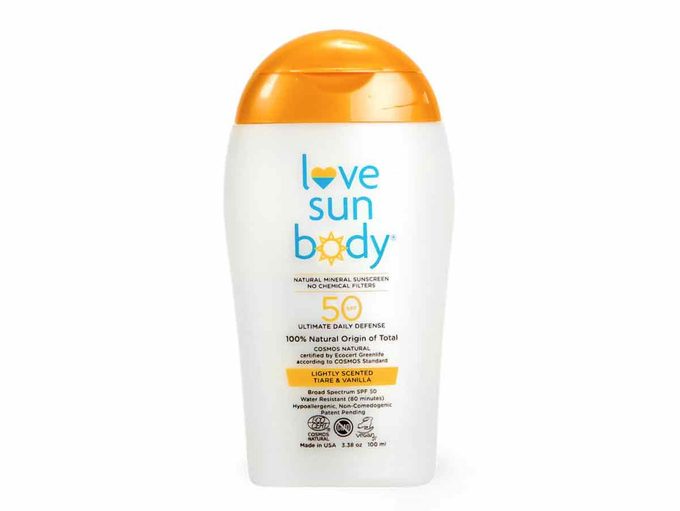
Love Sun Body, SPF 50 Lightly Scented Sunscreen, $31, thedetoxmarket.ca
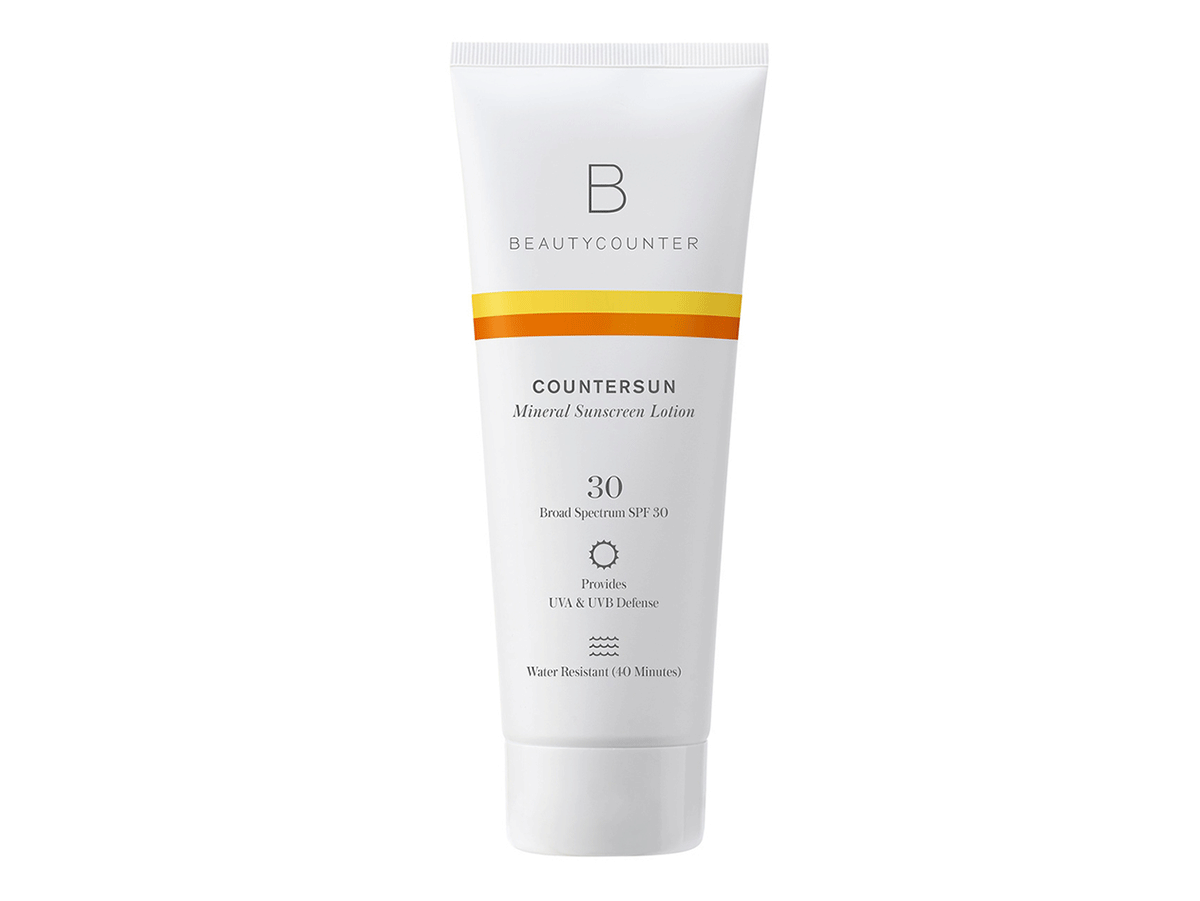
Countersun Mineral Sunscreen Lotion SPF 30, $49, beautycounter.com
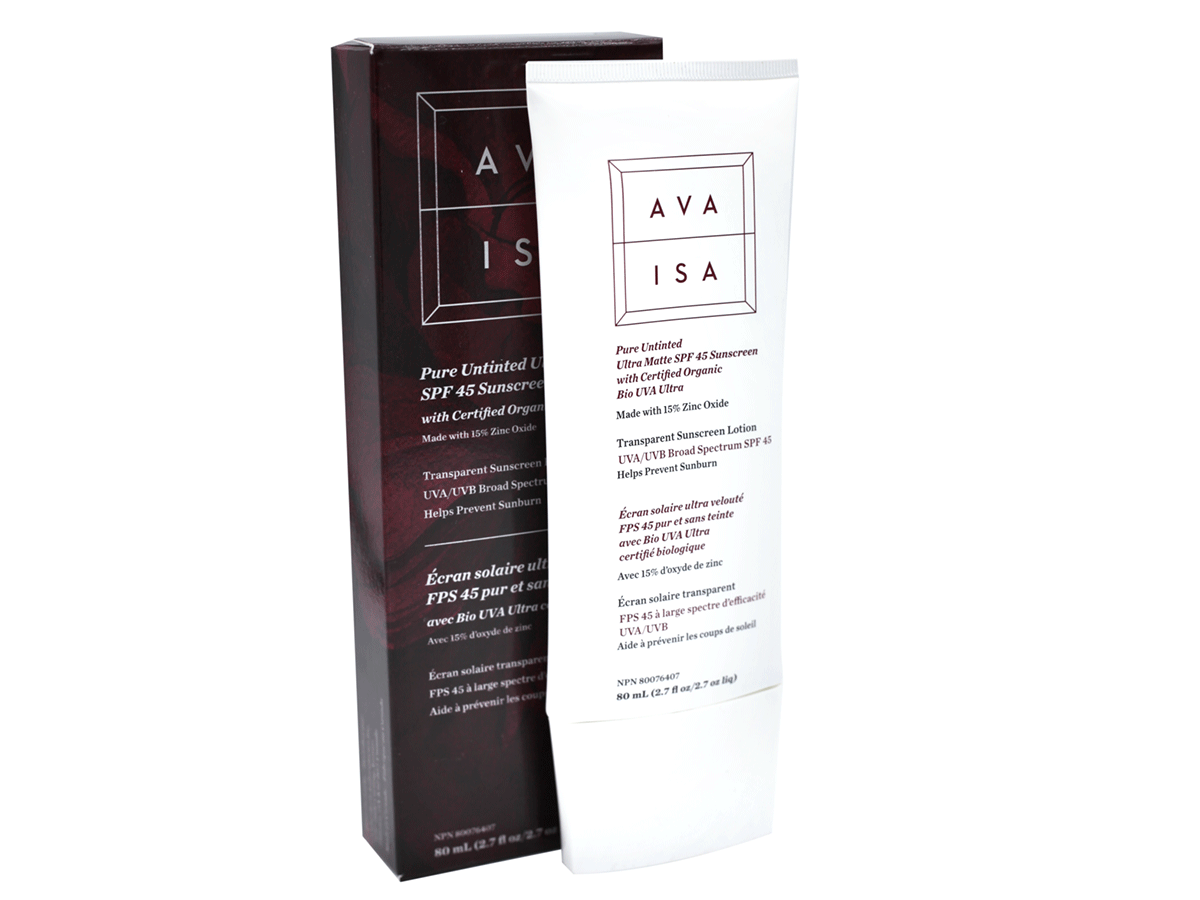
Ava Isa Pure SPF, $52, thedetoxmarket.ca
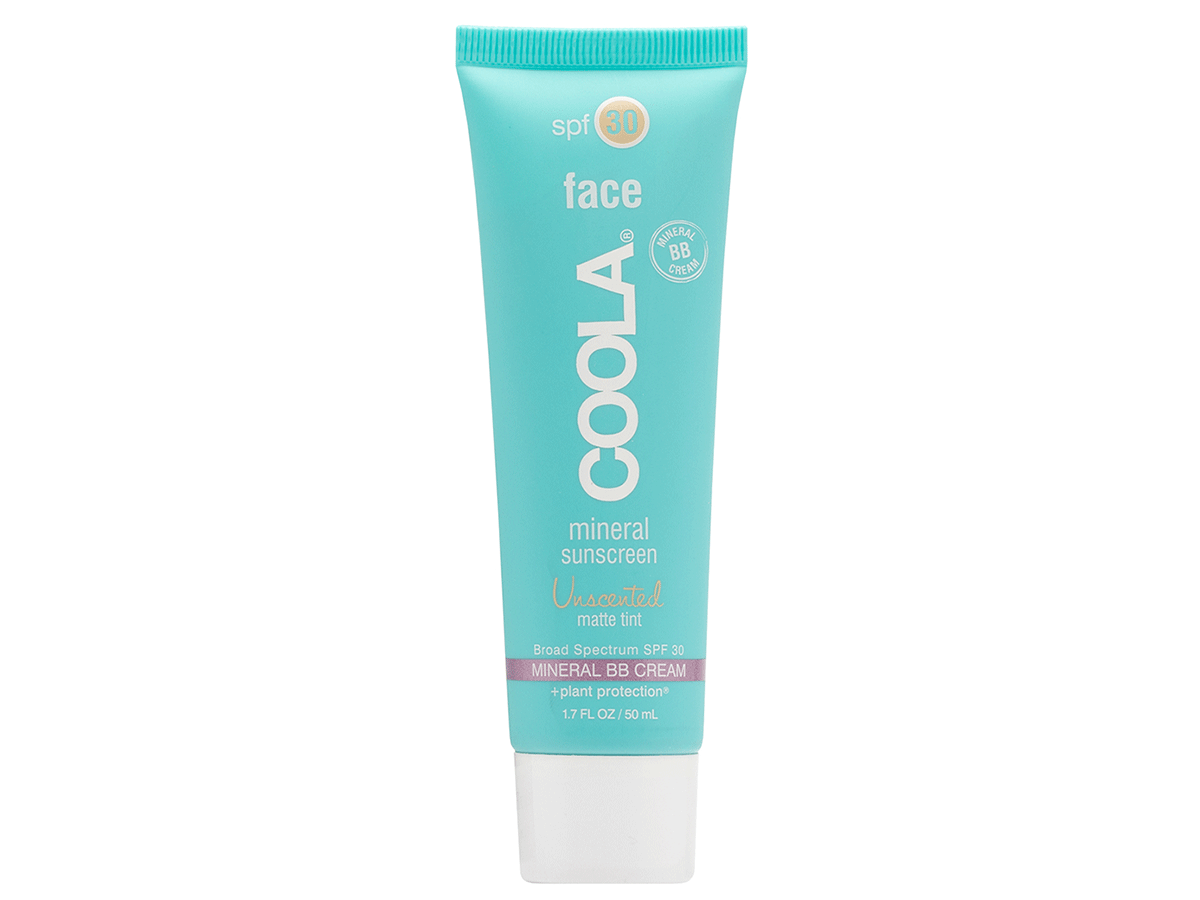
Coola Face Mineral Sunscreen SPF 30 Matte Tint Natural Beige, $41, well.ca
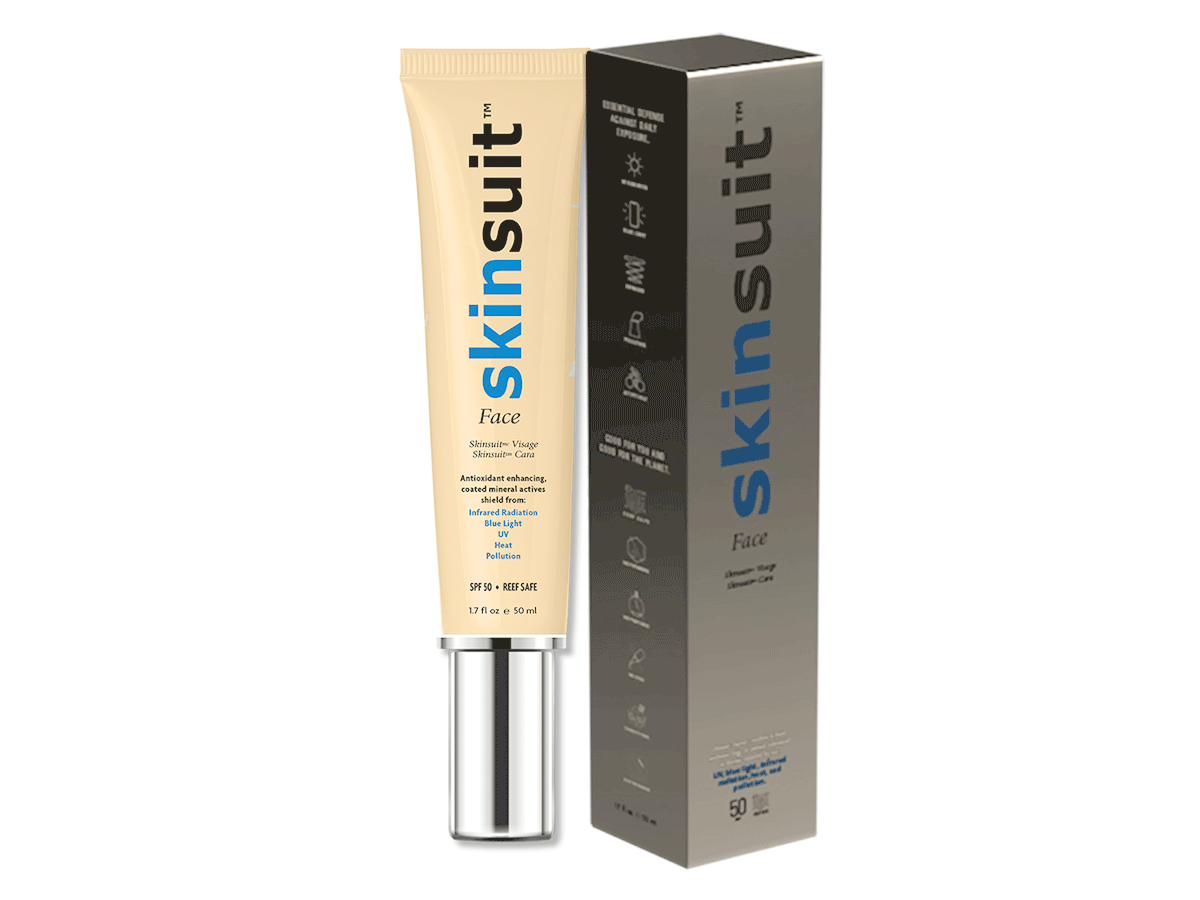
Skin Authority SkinSuit™ Face $92, shoppersdrugmart.ca (Available August 2019)
Continue to look out for the environment by checking out our roundup of reusable versions of items you use every day.




